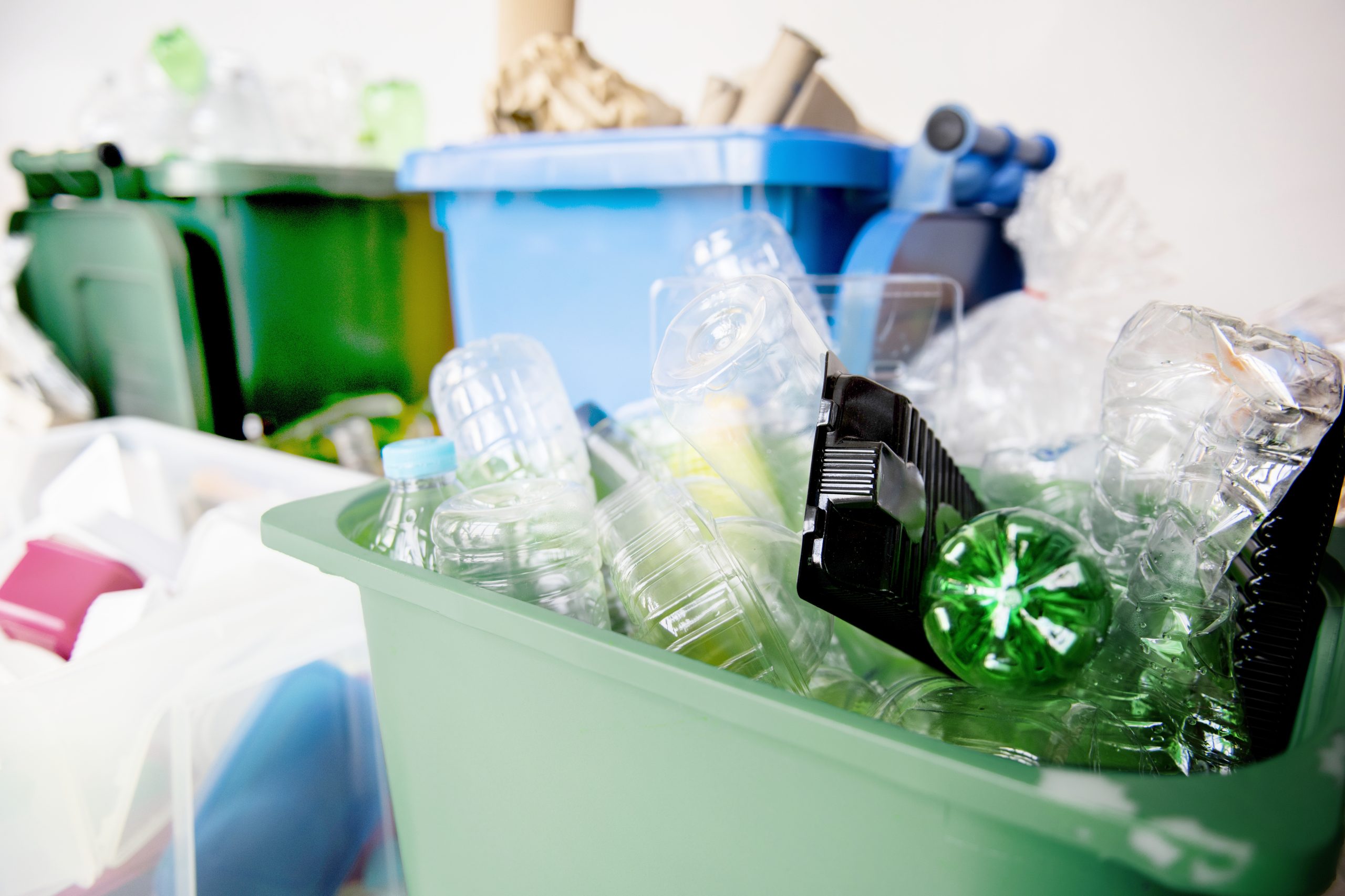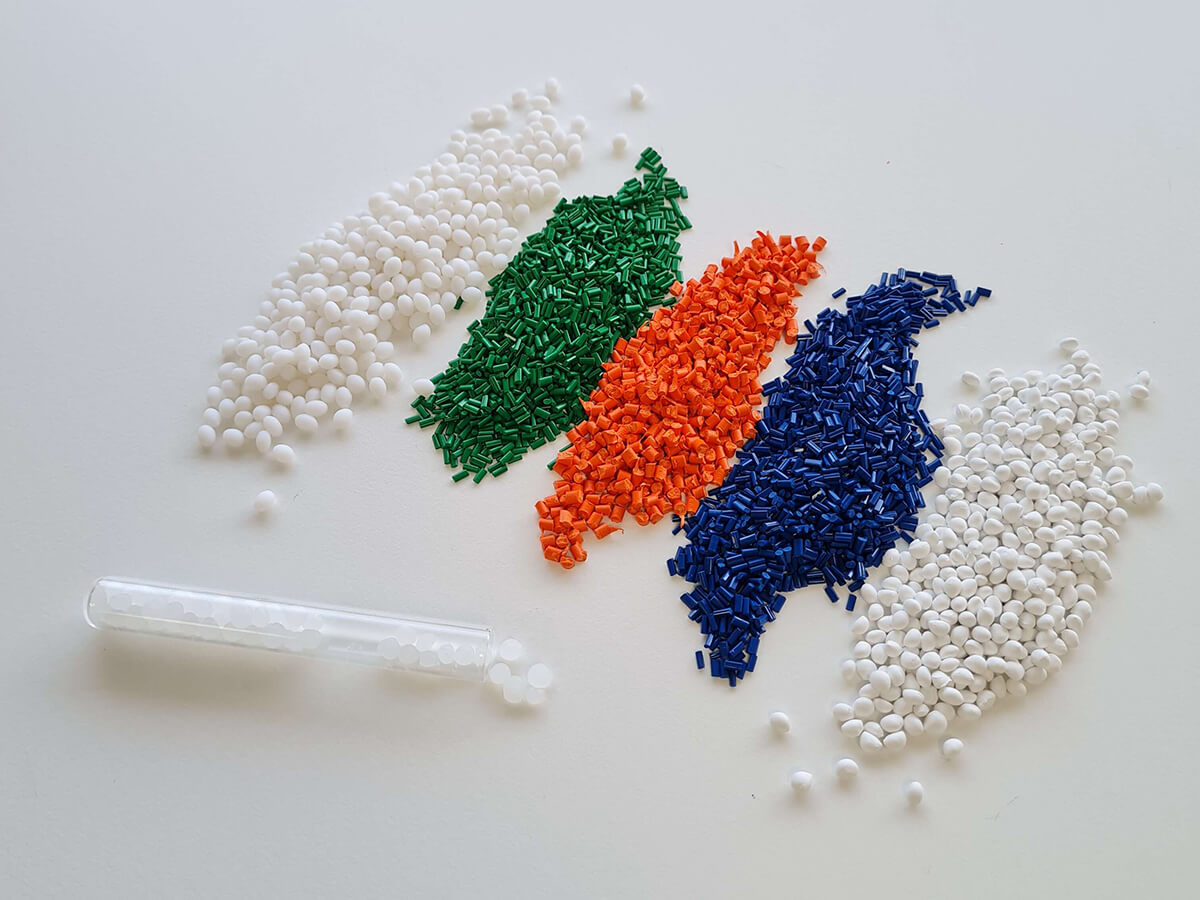
Bioplastics and conventional plastics: comparative analysis
Bioplastics and traditional plastics are two categories of materials with distinct characteristics and properties that have generated a great deal of interest from industry and environmentally concerned consumers.
As awareness of the environmental problems associated with conventional bioplastics has increased, bioplastics have emerged as a more sustainable alternative.
In this article, we will explore the fundamental differences between bioplastics and traditional plastics, focusing on both their sources of origin and their life cycle.
Differences in sources of origin
Traditional plastics are mainly derived from non-renewable resources, such as petroleum. These materials, also known as fossil-based plastics, are highly durable and resistant to degradation.
However, their production has a significant impact on the environment, due to resource extraction and associated greenhouse gas emissions.
Regarding bioplastics, there are both bioplastics of fossil origin and bioplastics of renewable origin. These materials can be produced from sources such as biomass, starch, sugar beet or sugar cane.
By using renewable resources in their production, bioplastics reduce dependence on fossil fuels and reduce greenhouse gas emissions.
End-of-life differences
A crucial aspect that distinguishes bioplastics from traditional plastics is their end-of-life behavior. Conventional plastics, for the most part, are not biodegradable and can persist in the environment for hundreds of years.
This has led to the massive accumulation of plastic waste in our oceans, soils and ecosystems, causing irreversible damage to marine life and terrestrial ecosystems.
In contrast, compostable bioplastics have the ability to break down naturally and become nutrients for the soil. When subjected to proper composting conditions, such as controlled temperature and humidity, these materials degrade in a shorter period of time, usually within a few months.
This not only prevents the accumulation of plastic waste, but also contributes to the improvement of soil quality and promotes the circular economy.
Conclusion
Bioplastics and traditional plastics differ significantly in terms of their sources of origin and life cycle. Bioplastics, derived from renewable resources, offer a more sustainable alternative to conventional plastics, which rely on non-renewable sources.
In addition, compostable bioplastics have the ability to biodegrade and become nutrients for a long time in the environment.
As a company dedicated to the development of compostable materials, we are proud to offer innovative solutions that help reduce dependence on conventional plastics and promote a stronger circular economy.
By choosing compostable bioplastics, companies can actively contribute to protecting the environment and mitigating the impacts associated with traditional plastics.
If you would like to learn more about bioplastics and how they can benefit your business, we invite you to contact our team of experts. Together, we can drive change towards a more sustainable and nature-friendly future.








